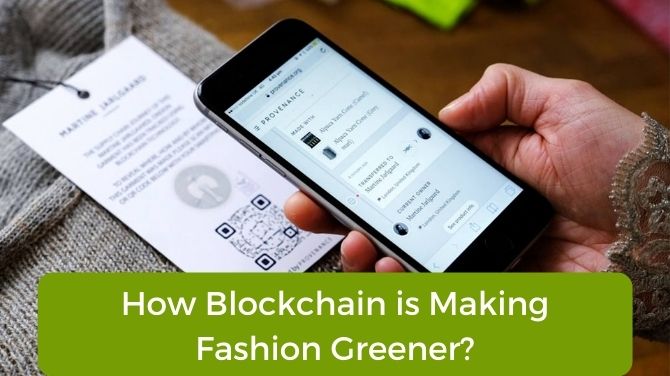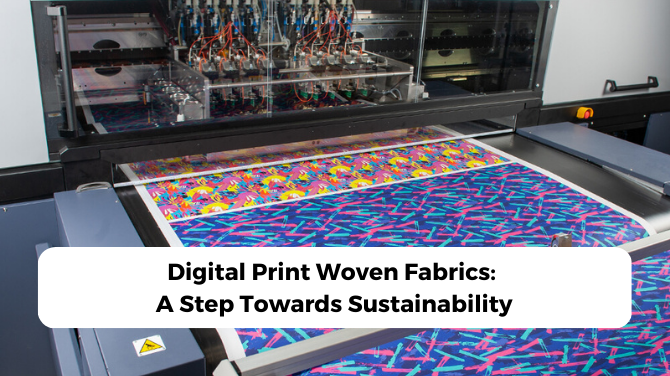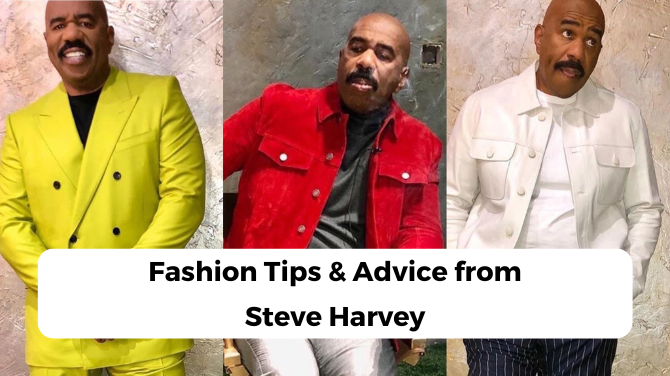More than ever, fashion items are being tagged with a “sustainable” label. Our favorite brands are increasingly claiming that they are green companies that are using sustainable and ethical raw materials for manufacturing. But as a consumer, our ability to confirm this claim is very limited. How can we, as a consumer, easily confirm the sustainability claims made by these brands? How can we trace the origin of the product with trust? Well, blockchain is helping to solve this problem. Let’s see how.
What is blockchain and how it is used by brands?
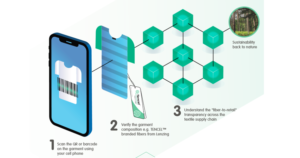
Cryptocurrencies like Bitcoin have made the term blockchain famous. But this technology can be applied in a variety of sectors, like fashion. Blockchain is a decentralized distributed ledger that stores transactions sequentially. In simple terms, we can say that blockchain is a transparent and secure excel sheet that anyone can access to verify the input. It is a technical tool that makes it possible for companies to store and transmit information throughout their entire supply chain, from producers to distributors, in complete transparency, and in a secure manner.
In the retail sector, blockchain is often translated into a QR code, which is later assigned to each garment, a code that can trace the complete history of a garment. This is truly revolutionary.
Read about the role of NFTs and Metaverse in the fashion industry
Let’s see an example. . .
When cotton leaves the farm, it is controlled using a pen and paper system. An invoice and bill are issued and the information is kept with the producer. Once the item is delivered to the buyer, again a pen and paper deal is involved where a purchase invoice is maintained. This type of closed system is now prevalent in today’s world most popularly. It continues throughout the product cycle from raw material procurement to finished goods.
With blockchain technology, all the information can be stored on the blockchain and can be made accessible by anyone to see what is happening in the supply chain and where it is happening. This transfers the internal logs into a piece of publicly available information that can be validated using a QR Code or an NFC reader on a consumer’s cell phone.
What was the world’s first Blockchain-enabled fashion product?
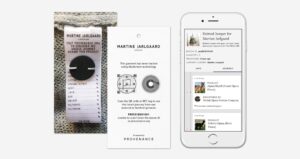
A Danish designer named Martine Jarlgaard was the first to produce a blockchain implemented fashion item. It was a woolen jumper made from alpaca wool. The cool thing about this garment is that when the code is scanned by the consumer, he gets to see how the raw material was sourced. In this case, we can precisely see that the wool was coming from alpacas named James Bond, Skyfall, and Othelo.
What are the problems in implementing blockchain in fashion?
Now that we know the level of transparency blockchain provides to consumers, we can imagine that not every brand wants to showcase its business practices in the open. In fact, the majority of the fashion brands pay the factories in order to be not found.
Read how Lois Vuitton paid factory in Romania not to be found.
In the above example of an alpaca jumper, the designer was able to showcase his supply chain easily because it was a highly compact supply chain with very few parties in the supply chain. But for fashion brands that are across the world, implementing this is highly difficult.
Since the 1990s, the majority of the brands have moved their manufacturing to offshore countries in order to cut costs. The supply chain has become a complex system with parties involved that are out of the control of brands. Hence, trusting their practices is highly dangerous.
The brands also want to protect their trade secrets. Publicizing the information about their suppliers and manufacturers can negatively impact their business. No brands would want that.
What does the future hold for sustainable fashion?
We are only at the beginning of this transformation. As the consumer mindset is moving towards sustainability and transparency, brands are under pressure to offer them better products. We are going to see more and more adoption of blockchain technology.
We will see this technology spreading deep into the supply chain for further traceability like the yarn history and so on. How do you see this technology playing out in the future? Comment your thoughts below.


